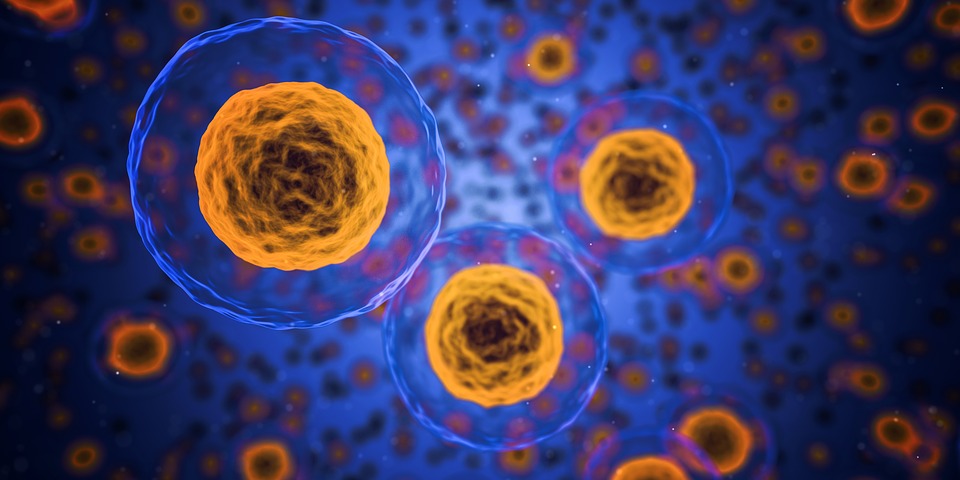
Biologic drugs are mainly produced in living biological systems such as mammalian or eukaryote cell lines. Because these biological drugs come from cellular systems, Host Cell Proteins (HCPs) that are co-produced with the recombinant biotherapeutic of interest are abundant in the harvest and represent the major amount of impurities in the final drug product.
From the cellular system harvest to the final Drug Product, several purification steps are implemented in through the Down Stream Process (DSP) to remove HCPs. These residuals proteins are part of the Critical Quality Attribute (CQA) since these residual proteins can affect product quality, stability, efficacy and safety, as well as induce or enhance immunogenicity.
In order to provide a framework, biopharma companies and regulatory agencies have released a set of guidelines to regulate HCPs Measurement in Biopharmaceuticals (ref USP 39 NF34 U.S. Pharmacopeia).
In the early development phases, the first analytical test performed for HCPs analysis is, most of the time, based on generic commercially available kits for total HCPs amount quantification. These kits are often derived from a combination of strains and harvest procedures and well suited for standard production cell lines as CHO. Their purpose is to have a broad application and generic approach in order to provide first indication of HCPs amount. However, these commercially available assays are not specifically designed for proprietary cell line and could be not specific enough to have a consistent HCPs evaluation with inadequate coverage or underestimation of total HCPs. Indeed, because host cell protein expression is further influenced by culture conditions and methods as well as other aspects of living cells, such as age, in practice, the generic ELISA HCP only provides about 75% coverage of HCPs and is effective as in initial assay for guiding development approximately 50% of the time.
To have a good HCPs evaluation thanks to commercial kits, it seems necessary to perform a suitability test and thus compare different commercially available kits, in order to select the most appropriate one.
Traditionally, ELISAs have been used to monitor HCPs in biologic products because, once developed, they are easy to implement, fast and relatively cheap. ELISAs are then considered as the gold standard in a QC environment and as a release assay. However, the approach is susceptible to have low coverage and cross-artifacts and cannot directly identify individual HCPs without use of orthogonal techniques. For confirmation of identity and coverage evaluation, orthogonal approaches, such as 2D gel, Western blot and mass spectrometry (MS) analysis, are used in combination with ELISAs. Even without complete identification of individual protein components, differences between 2D gels (DIGE) can highlight changes between different processes and lots.
Since commercially available generic HCP ELISA kits makes Biopharma company dependent on a certain kit provider, and the performance may vary from batch to batch, the development of a process specific ELISA is generally unavoidable after phase 2 approvals.
As said previously, the immunoassays approach is susceptible to inadequate coverage and artifacts (especially with complex samples) and cannot identify individual HCPs species without use of orthogonal techniques. As HCPs might have impact either on pharmaceutical stability or on clinical trial, since they could have been responsible for adverse reactions leading to the termination of clinical trials (Gutierrez AH, et al. 2012, Hanania N, et al. 2015), it seems that development of complementary methods is unavoidable. Consequently, MS-based analysis is being developed more and more commonly as a bridging, correlating and/or supporting method for HCP analysis. MS can be used very effectively to identify specific differences in HCP profiles and inform understanding of process-derived residual impurities; especially concerning the ability to differ HCPs impurities that are closely related to the drug product or particular PTMs on HCPs.
While the sophistication of MS approaches and analysis are not yet supported sufficiently for use in QC/release. Indeed, LC-MS for HCPs analysis has quickly gained in interest thanks to the ability to both identify and quantitate proteins in single analysis.
Two main analytical strategies are implemented in HCPs analysis by LC-MS. The first one can be seen as a global analysis, where as many proteins as possible are detected and quantitate to have a broad overview about sample complexity. The second is based on specific targeted approach, more robust and sensitive, for dedicated HCPs that might have critical impacts on the drug development.
MS can be used very effectively to enable development of appropriate control strategies and lead to the development of specific ELISA targeting risky HCPs.
These different approaches have their own advantages and application for HCPs profiling. They all come at different stages and answer to different questions leading to be complementary. When Immunoassays, thanks to its abilities to be a QC compatible technique fast and easy to implement, is considered as the gold standard for HCPs analysis; MS by its abilities to provide individual protein information is considered as the most complementary orthogonal approach.
 Anaquant HCP analysis I Protein characterisation I Protein analysis
Anaquant HCP analysis I Protein characterisation I Protein analysis